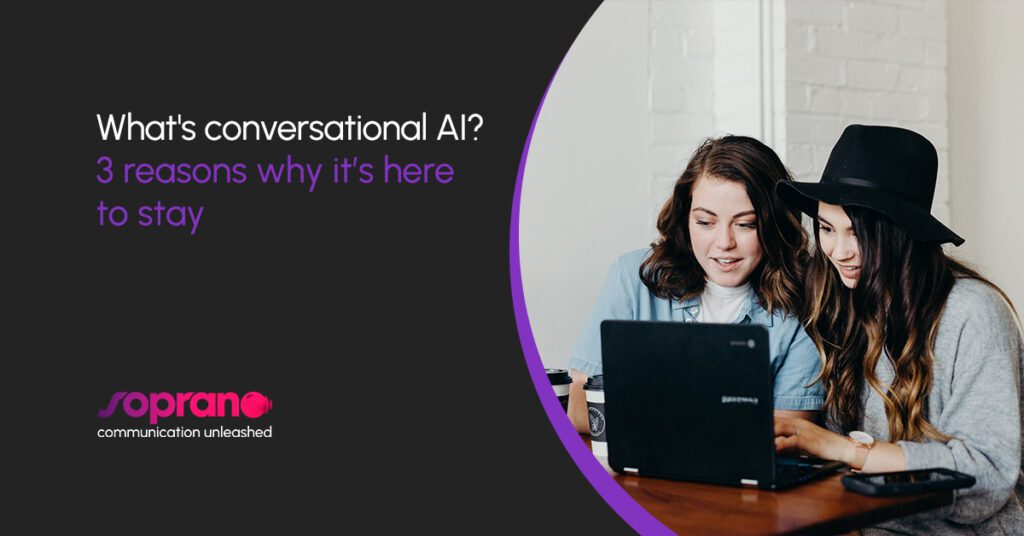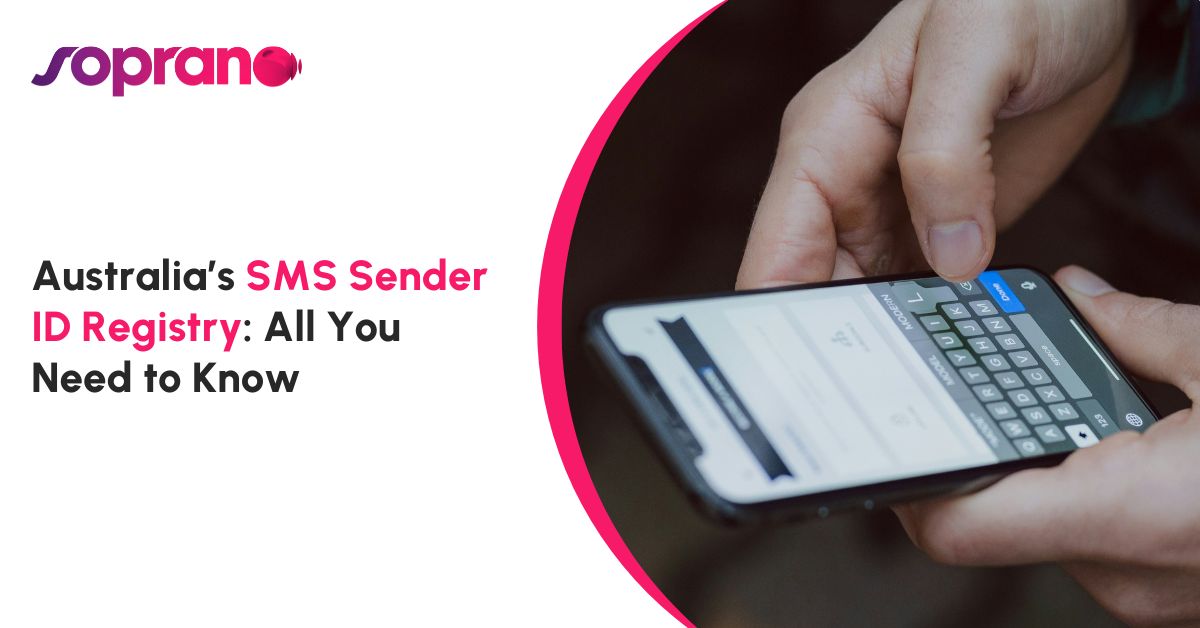
Do you remember when you make your first phone call? I’m sure it was a moment that marked your life: a before and an after. Communication is evolving so fast that it seems like centuries have passed since the creation of the telephone or the Internet. Now, Conversational AI is part of our daily lives and a must-have every business wants (and needs). Here I will explain to you why.
It doesn’t matter if you are a CEO, a developer, or a retailer; you probably spend a lot of your time communicating via messaging applications such as WhatsApp, WeChat, or Telegram. Everybody does the same, also your customers.
First, we started using them to communicate with our loved ones and maybe with some co-workers. Now, most of us want to do everything from these apps: from buying products to requesting an appointment or asking for assistance.
Most businesses are taking advantage of this situation by giving the possibility to their customers to interact with them through the mobile channels they are already using.
And here is where Conversational AI, most known as chatbots, comes in. Chatbots allow businesses to interact, support and sell 24/7 in multiple channels without human intervention.
Let’s discover what is and the value it can bring to your business.

What is Conversational AI?
Conversational AI is software, usually powered by artificial intelligence, with which humans can interact. They are sometimes called virtual assistants, chatbots, or even chatterbox.
Chatbots converse with us humans through both text and voice. Two of the most famous conversational AI examples are Alexa from Amazon’s voice and Siri from Apple. People can ask questions, receive support and have real-time conversations with them.
Conversational AI is a layer on top of, or a gateway to, a service. It’s a way of interacting with technology, pulling information on demand from a database of customer service solutions.
There are two different types of Conversational AI:
- Powered by Machine Learning: The more people interact with conversational AI, then it gets brighter. Chatbots learn from conversations and can understand what people are trying to say.
- Driven using Intelligent Rules: This chatbot works with flows and logical decision-making trees. For example, “if the person says this, it responds with that”.
The best AI solutions use a seamless combination of both. We will see more about this later. Keep reading.
How are businesses using conversational AI?
Conversational AI use cases are diverse. Enterprises and governments mostly use AI chatbots to inform, support, and sell on the mobile channels their customers and employees are already using (WhatsApp, SMS, Telegram, Facebook, WeChat, etc.).
Chatbots are everywhere, from important life-saving health messages or employees engaging with HR to checking the weather forecast, purchasing a new pair of shoes, and anything else.
Here are a few more examples of companies using conversational AI:
- Uber to book a taxi.
- KLM to deliver flight information.
- CNN to keep you up to date with news content.
- TechCrunch to keep you up to date with techie content.
- Pizza Hut to help you order a pizza.
- Sephora to provide beauty tips and a shopping experience.
- Bank of America to connect customers and their finances.

How does Conversational AI work?
As I mentioned before, there are broadly two variants of chatbots: Machine Learning and Flow-based. Let’s learn about both more deeply.
Flow-based Chatbots:
This type of conversational AI follows a set of rules, flows, and triggers to respond to specific interactions with users.
This has pros and cons. The good thing is that they are very powerful because they make things happen more efficiently and precisely every time.
The limitation is that they are only as bright as the developers who created it, as they must try to think of every eventuality of conversation (or restrict what people can do).
A simple example might be a chatbot that guides an employee through submitting a leave request or helping someone submit a support or sales enquiry.
Using this software, such as the Ubisend platform, you can build structured chatbot scripts to guide people to standard processes. We call it process mapping or RPA (Robotic process automation). These are everyday things that people and the computer will go through the same way every time.
Machine Learning chatbots:
Machine learning is a subset of artificial intelligence and works hand in hand with natural language processing. This type of conversational AI uses machine learning to automatically answer questions, utilising the knowledge that has been added to the platform (automated question-answering or document signposting).
A user might ask, “What is the maternity leave allowance?”. The chatbot responds automatically using knowledge in the company employee handbook or from FAQs added to the platform.
This type of chatbot learns from all the conversations it has had to improve accuracy and understanding over time. Using natural, everyday language in their responses creates the illusion that chatbots are simple creatures, but that could not be more wrong.
The complicated algorithms, analytics, optimisations, APIs, routing, UX and everything else behind the scenes directly result from the hard work of thousands of individuals involved in computer programming for the last 50 years.
The best chatbots use both. Soprano, powered by Ubisend, uses machine learning to answer questions in real-time and structured flow to guide people to organised conversations.
The future of conversational AI
Conversations are indeed nothing new. Humans have been having conversations for thousands of years. But how are chatbots reshaping the future of business conversations?
Customers’ needs and expectations change all the time. Before the pandemic, people used to go shopping and ask questions to the salespeople at the store. While many people prefer to continue doing it in that way, others prefer now to shop online and receive the product in their homes.
Conversational AI is there to interact with those clients who prefer to search, purchase, and interact online. Instead of talking to a human, they’ll speak to a machine.
People accept and prefer conversational AI for three main reasons.
- It’s on the channels they are already using. They don’t need to learn something new or download any app. Consumers are happy to use this technology because they are already using it, and it’s familiar to them.
- It’s effective. People can purchase, receive information, or solve a problem in a few minutes.
- A conversational approach removes barriers. In shopping, for example, people still need some elements to make a purchase, like a computer or mobile phone. However, it’s much simpler for them when someone (or something) says: “Hi, how can I help you?”.
While it can be new for most businesses, conversational AI brings to the table something all humans have been doing for decades: having natural conversations.
Now it’s the perfect moment to start using a Conversational AI platform Why? Because three elements are perfectly aligned:
- Technology can meet requirements.
- People accept the fact they can get help through this method.
- The rapid rise in messaging platforms on a global scale.


